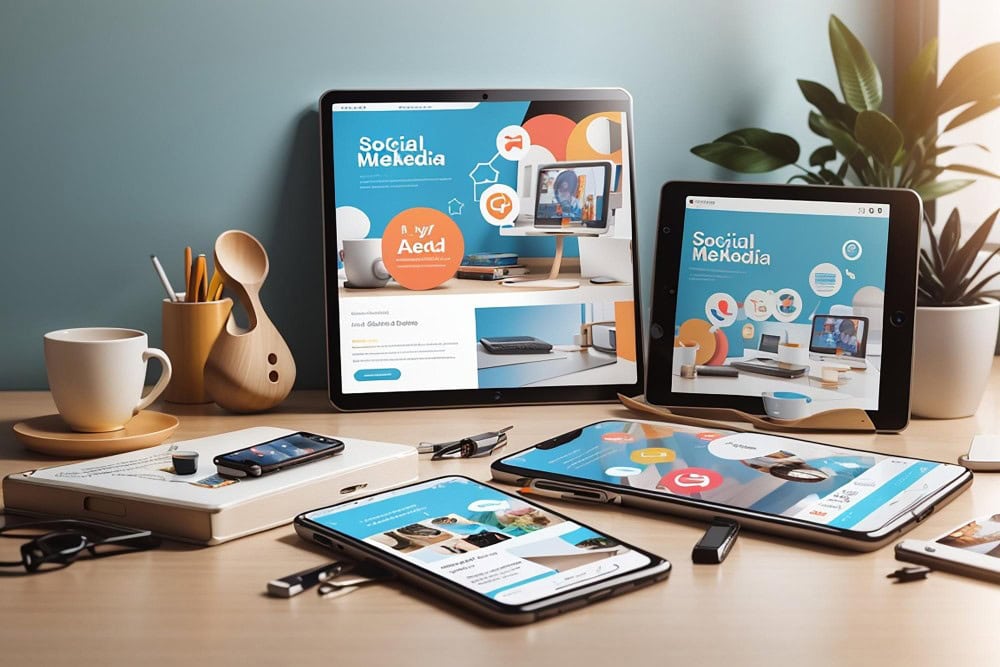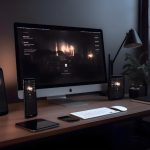
In the digital era, a well-designed website is not just a matter of aesthetics; it’s a pivotal factor in enhancing user engagement and boosting conversion rates. Effective web design goes beyond the superficial elements of graphics and layouts—it taps into the psychological underpinnings of human behavior. Understanding the psychological triggers that influence how users interact with your website can transform a casual visitor into a loyal customer. This post explores the critical psychological principles that can make or break your web design and ultimately, your digital marketing success.
Understanding the Fundamentals of Web Design Psychology
Web design psychology involves applying cognitive psychology principles to understand how users perceive, understand, and interact with web interfaces. The core idea is to design a website that aligns with human psychological patterns, thus enhancing user experience and increasing the likelihood of achieving desired conversion outcomes. This approach demands a deep understanding of how visual, textual, and interactive elements affect human mental processing and decision-making behaviors.
Key Psychological Principles to Apply in Web Design
- Contrast and Color Theory: Colors play a crucial role in setting a website’s mood and influencing visitor emotions. For example, blue can evoke trust and security, often used by banks and social media platforms, while orange might inspire immediate action, frequently seen on call-to-action buttons. Utilizing contrasting colors can also guide visitors’ attention to key sections of your site, like forms and special offers.
- Rule of Thirds and Visual Hierarchy: Effective web design uses the rule of thirds to create a balanced layout that naturally attracts the eye to key elements. By strategically placing important information and call-to-action buttons along these intersections, designers can create a more engaging and visually appealing experience. Similarly, establishing a clear visual hierarchy helps prioritize content, guiding visitors’ eyes through a natural reading pattern from the most to the least important information.
- Fitts’ Law: This principle states that the time required to move to a target area, like a button or link, is a function of the distance to and the size of the target. Larger, closer buttons are easier and quicker for users to click, enhancing their overall user experience and increasing the likelihood of completing a desired action.
Emotional Triggers in Web Design
Emotions significantly impact decision-making. An effective web design elicits the right emotions to engage users on a deeper level. Incorporating elements that evoke trust, such as well-placed testimonials and success stories, can affirm your site’s credibility. Conversely, using brighter, bold colors can create excitement or urgency, compelling users to act quickly—useful for limited-time offers or clearance sales.

Building Trust Through Design
Trust is the cornerstone of all conversions. If a website looks outdated or cluttered, it may seem unreliable or insecure, prompting users to leave. Modern design elements like a clean interface, professional images, and easily accessible contact information can help establish credibility. Security badges and HTTPS protocols visibly reassure users that their data is safe, an essential factor in retaining visitors and converting them into customers.
The Impact of Typography on User Psychology
Typography is not just about choosing attractive fonts; it significantly influences how information is perceived and absorbed. Fonts and their arrangement can impact readability, mood, and even the credibility of the content. Serif fonts, for instance, are often associated with formality and reliability, making them suitable for professional sites like law firms or news portals. On the other hand, sans-serif fonts offer a clean and modern feel, ideal for tech startups or lifestyle blogs. Effective typography guides the reader through the content smoothly, making the site not only pleasant to read but also easier to understand.
Utilizing Space and Layout for Increased Engagement
Space in web design—often referred to as ‘white space’—plays a pivotal role in creating a user-friendly site. It helps in reducing cognitive overload, making the content more digestible. Strategically placed white space can emphasize important information, leading to better retention and more effective communication. The layout should facilitate a natural flow that nudges the visitor from one segment to another, subtly guiding them from initial engagement to conversion, aligning with natural reading patterns in Western cultures from left to right and top to bottom.

Conversion Optimization Strategies
Designing effective calls-to-action (CTAs) involves understanding psychological triggers such as color, shape, and location. A CTA that stands out due to contrasting color or compelling copy can significantly increase click-through rates. Incorporating principles of scarcity (“Only a few left!”) and urgency (“Sale ends today!”) can create a fear of missing out, which can drive immediate action. Personalization, from displaying users’ names to suggesting products based on past behavior, also plays a critical role in increasing conversions by making the experience feel tailored to the individual user.
A/B Testing: Validating Psychological Assumptions in Design
A/B testing is an invaluable tool in the web designer’s arsenal, allowing designers to test different versions of a page to see which performs better in real-world scenarios. This method can be used to validate assumptions about what design elements work best, from different layouts and images to variations in text and color schemes. For instance, testing two different CTA buttons—one red and one blue—can provide insights into which color inspires more clicks and conversions, underlining the importance of color psychology in web design.
Conclusion
Web design is not merely about aesthetics; it’s a strategic implementation of psychological principles that resonate with human behavior to maximize engagement and conversion. By applying principles from color theory and visual hierarchy to typography and layout, designers can create websites that are not only visually appealing but also psychologically compelling. Trust, emotion, and usability are key factors that drive user interactions and decisions. As we continue to delve deeper into the psychological aspects of web design, it’s crucial to stay informed and adaptable, ensuring that your website not only meets the current standards but sets new benchmarks in user engagement and conversion. Let this journey of exploration and implementation in web design psychology lead you to greater success and deeper connections with your audience.






